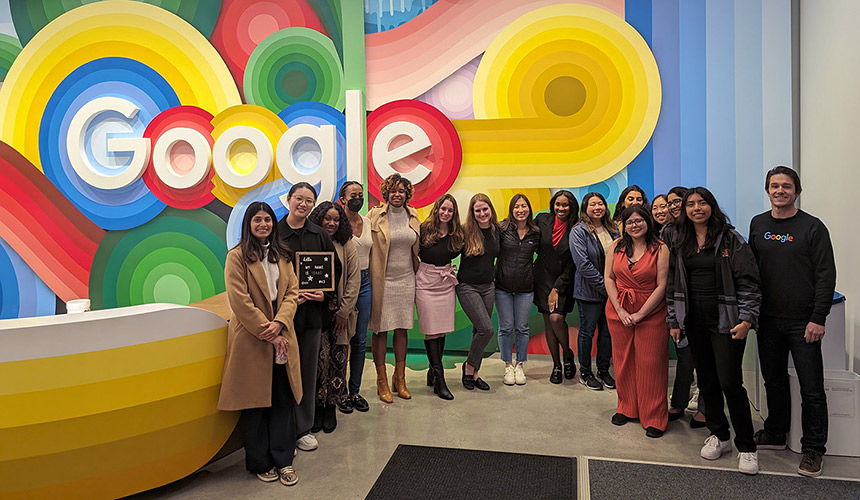Bussiness
Study: Seattle Vision Zero projects do not harm local businesses

Seattle’s Vision Zero road safety redesign projects have not had a negative impact on local businesses, according to a study by University of Washington researchers published in the peer-reviewed journal Injury Prevention (PDF) earlier this year.
“Results suggest that road safety improvement projects such as those in Vision Zero plans are not associated with adverse economic impacts on adjacent businesses,” authors Daniel R Osterhage, Jessica Acolin, Paul A Fishman and Andrew L Dannenberg concluded. “The absence of negative economic impacts associated with pedestrian and bicycle road safety projects should reassure local business owners and may encourage them to work with transportation agencies to implement Vision Zero road safety projects designed to eliminate traffic-related injuries.”
The group studied multiple years of taxable sales data before and after seven different Seattle Vision Zero projects, then compared those results to 18 comparable sites that did not have Vision Zero projects. “Our study is one of the largest to date examining the economic impact of road safety projects on adjacent businesses based on sales data,” according to the journal article. They found that annual sales increased slightly faster on the Vision Zero streets than on the comparison streets, though the difference was not statistically significant.
— Advertisement —
Meanwhile, these Vision Zero projects have and will continue to prevent serious injuries and deaths. They would be worthwhile even if they did have a negative impact on businesses because people’s lives are more important. Now that we have the clearest evidence yet that these project do not hurt businesses, more business owners will hopefully join safe streets advocates in demanding more Vision Zero safety redesigns.

The researchers looked at a mix of major redesigns like Broadway’s two-way bike lane and Bell Street’s park-like remake as well as simpler and cheaper redesigns on Greenwood Ave N and Rainier Ave S. They looked at neighborhood-scale streets, busy downtown streets and highway-style streets. The results from this study as well as SDOT’s many traffic studies are consistent: Vision Zero streets get safer and continue to foster businesses.
The team included a project on Aurora that did not include physical changes, only a police enforcement effort, because SDOT considers it a Vision Zero project. However, the study results did not meaningfully change when excluding Aurora, the authors noted.
These results should provide even more confidence that SDOT’s Vision Zero team is effective and trustworthy. It is common for some business owners to express distrust when SDOT staff attempts to assure them that businesses will not be negatively affected by proposed road safety changes. It is understandable for people who operate businesses to be concerned about changes to the street in front of their shops, and I hope the city can use this study to help ease their concerns. Other studies have found that business owners consistently overestimate how many of their customers arrive by car, so they are likely to discount the value of the improved walking, biking and transit access a Vision Zero project can provide.

Many people were surprised by the results of a business district customer intercept survey the city conducted in 2012 (PDF), which found that walking was by far the most common way customers arrived at local businesses with the combo of biking and transit exceeding or matching driving in most districts studied. SDOT or another research group should consider conducting an updated customer intercept survey to see how these results have changed and to include more study areas.
Extensive public outreach work around safety projects can be both expensive and time-consuming, reducing the city’s capacity to complete safety projects at the rate we need in order to not only reverse troubling increases in traffic injuries and deaths in recent years but also make progress toward the goal of zero serious injuries or deaths by 2030. The Osterhage study along with SDOT’s repeated before and after project studies should be enough evidence to move through public outreach more quickly. Outreach is very important, but it should be streamlined, efficient, and informative rather than timid and open-ended. SDOT has a bad habit of treating safety projects as though they are experimental pilot projects, but there’s nothing experimental about them anymore. We know exactly how they will work from the results of previous experiments. Project teams should allow neighbors the opportunity to make them aware of any unique circumstances or needs that designers should consider (like accessible loading zones, etc.), but the city should not give neighbors the idea that the whole safety improvement is up for debate. They also should not waste people’s time with input sessions that won’t actually have an impact on the project. People hate it when they spend time giving feedback only to find out that the city already had a plan. Instead, safety upgrades should be presented as a non-negotiable part of SDOT’s regular maintenance work, and an early design should always be included from the very start. Finally, the public input period should be short and clearly communicated. Nothing is worse than stoking a neighborhood fight that drags on for months or even years (like what happened on 35th Ave NE). Lock the decisions in and move on to the next project.
The 2024 Seattle Transportation Levy proposal includes $160.5 million specifically for Vision Zero projects along with $133.5 million for bicycle safety, $193 million for sidewalks, and $66.5 million for people streets and public spaces, nearly all of which are also Vision Zero projects. At a minimum, the levy would invest half a billion dollars into Vision Zero work over eight years. But even better, the $403 million for street maintenance, $140 million for bridge maintenance, $39 million for freight mobility, and $166.1 million for transit mobility should all follow the city’s Seattle Transportation Plan, which calls for widespread safety improvements across the city.




/cdn.vox-cdn.com/uploads/chorus_asset/file/24435784/tokyostrava.jpg)





